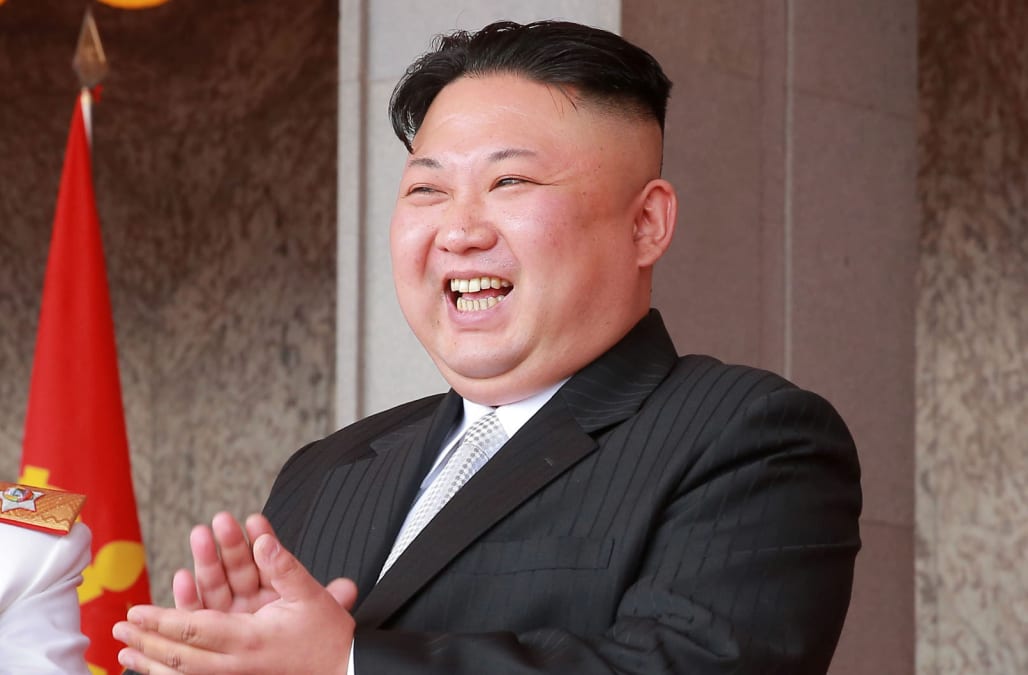toobfreak
Tungsten/Glass Member
Move a city.What the real issue here is South Korea; had those jackasses since the Korean war moved or built a new city away from the damned border away from the North's artillery reach, and built up some serious defense, we would not be in this jam. Meantime, their president gives us a hard time about even having THAAD. They don't want to "antagonize" the pot belly pig. If not for them we would have no problem, but if we go in preemptively, they blow the shit out of Seoul. If we don't launch and just sit on our hands, we are made to look like the idiots, bullied by this little country, or worse, they get off 10 nuclear ICBM's and a third or half of them hit U.S. Targets. THEN we launch a nuclear counter-strike after millions of Americans die, we blow the smithereens out of North Korea, but not before South Korea takes it in the head.
Either way, South Korea gets its ass handed to them, so I say that unless China acts VERY VERY SOON to stop Kim and disarm his nuclear arms, we GO IN and take out Kim and his bottle rockets WHILE WE STILL CAN. Before we wait too long. And that includes his subs. Last people to make such threats against us was al-Quada--- --- and they gave us 9/11 with just a handful of pilots, and like now, we heard the warnings but JUST KEPT WAITING TOO LONG.
Um, yeah.
Go back to playing with your Legos.
You don't PHYSICALLY MOVE the actually city, numbnut, but you stop investing in developing the one you have, start building at a better location and relocate most of your people and resources there. If Kim is finally defeated, you still have the old city to move back to if you want, and if it is still standing. If Seoul gets massacred because they sat there for 60 years thinking that the communist North would just always be docile, then they aren't 1/10th as smart as they think they are and I won't lose any sleep if they get hammered.

